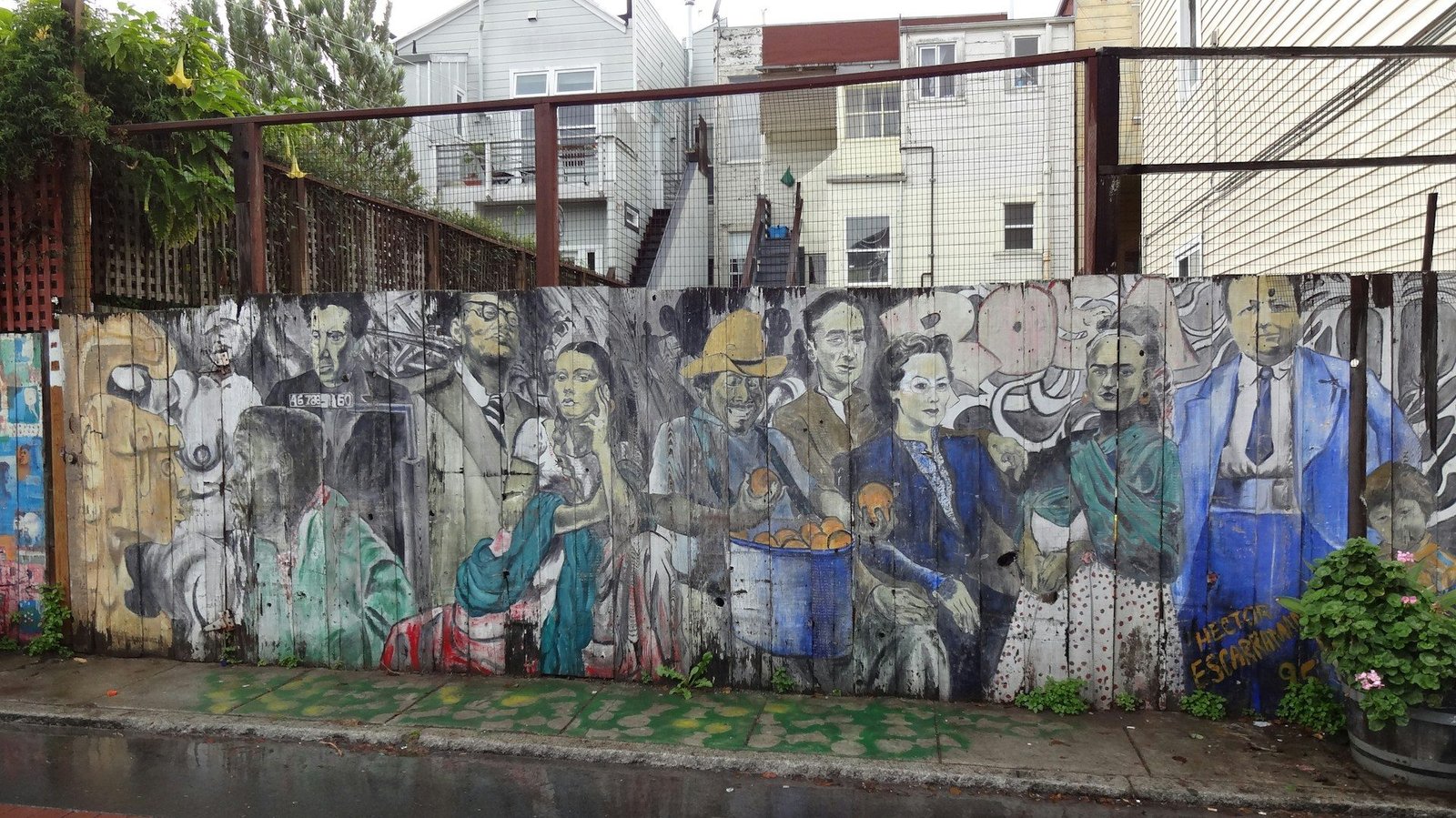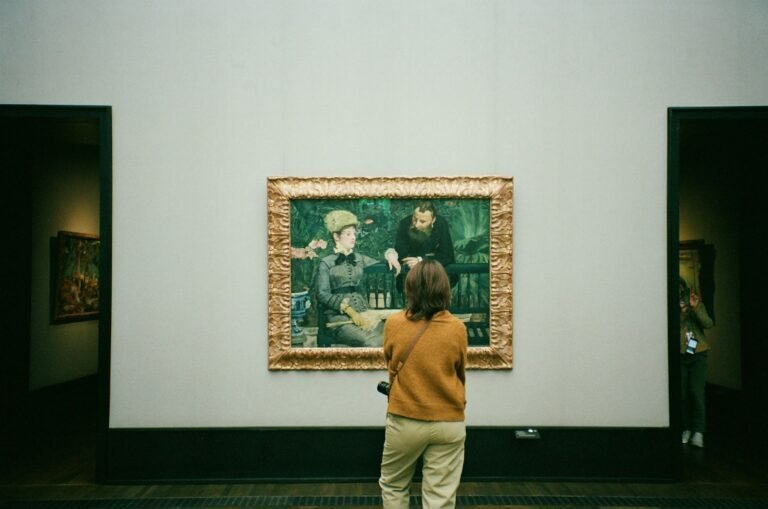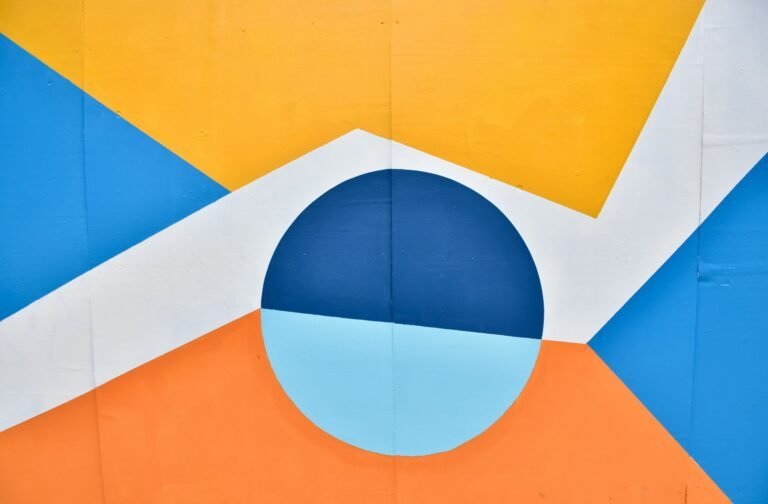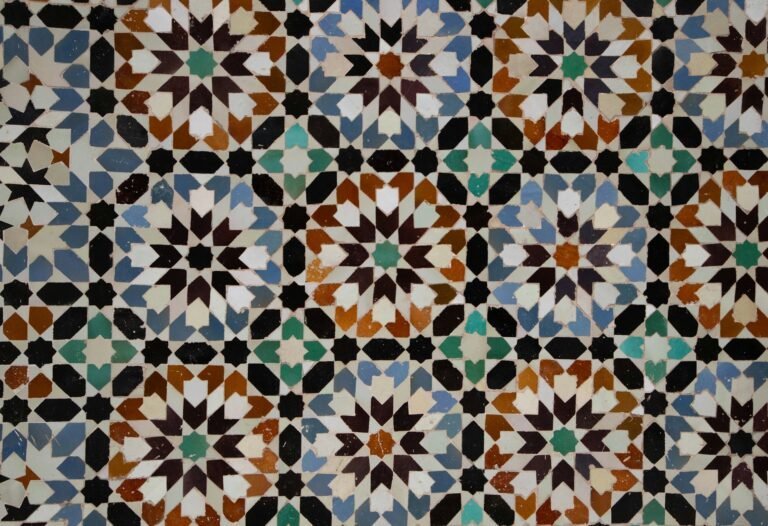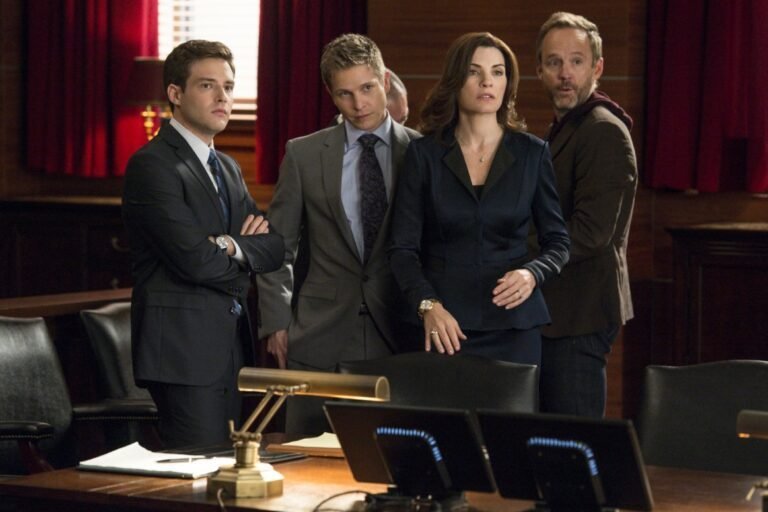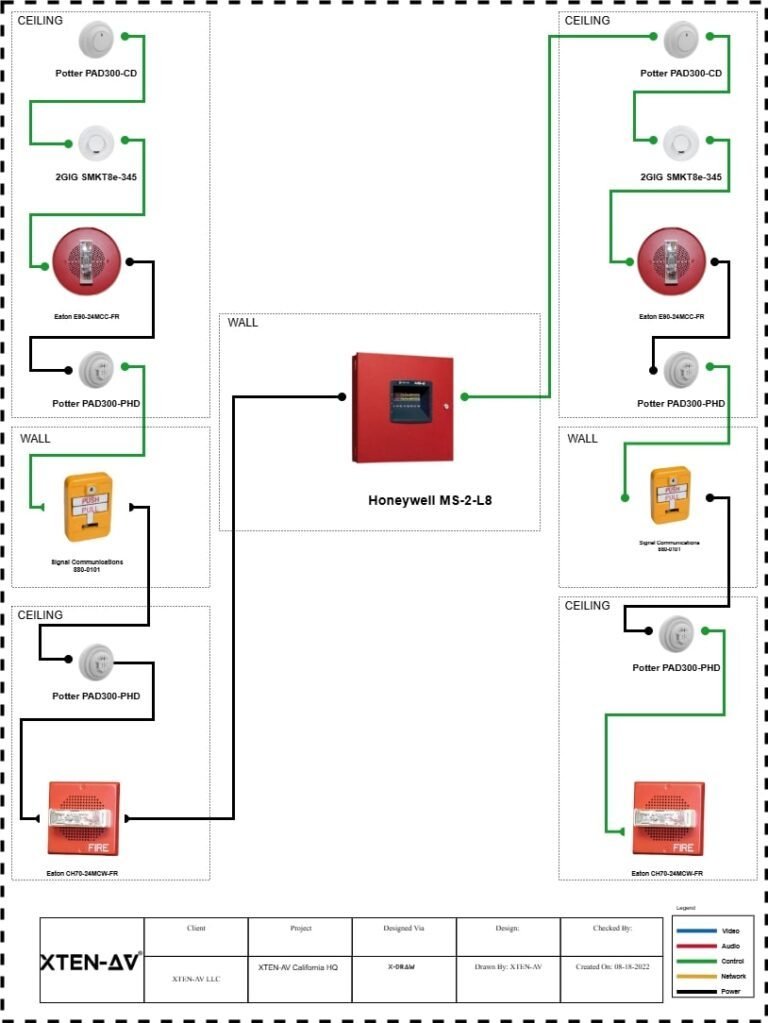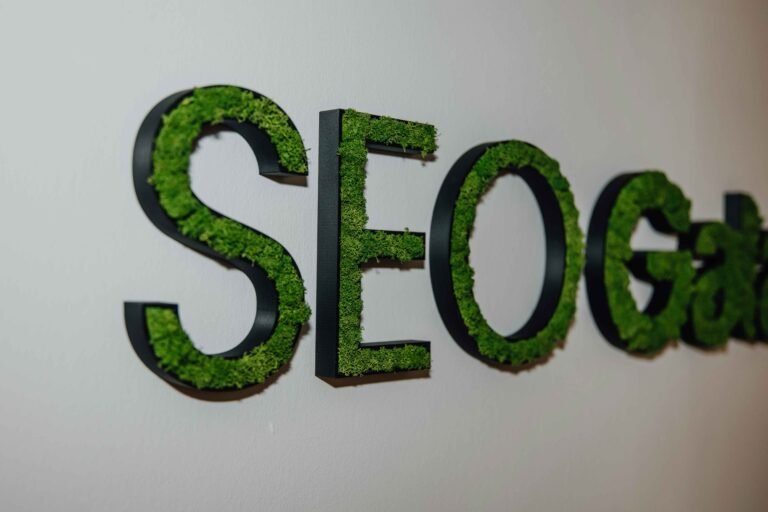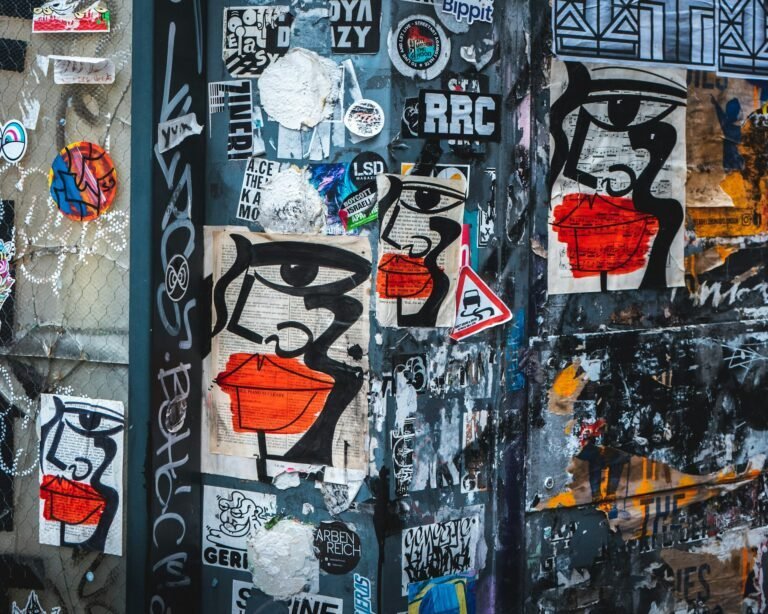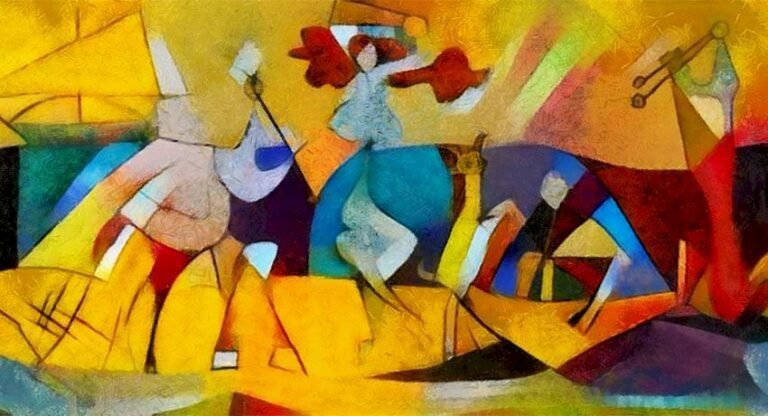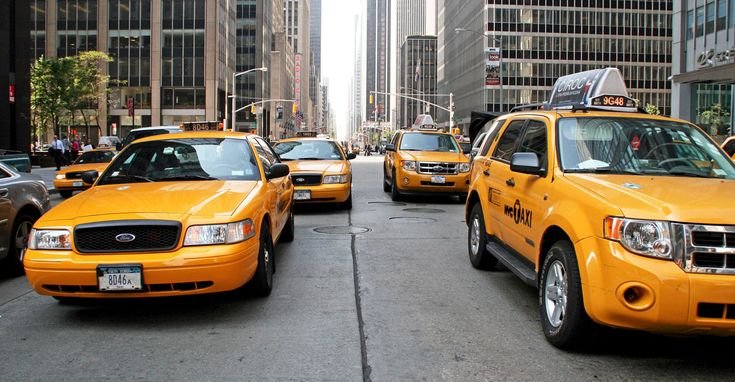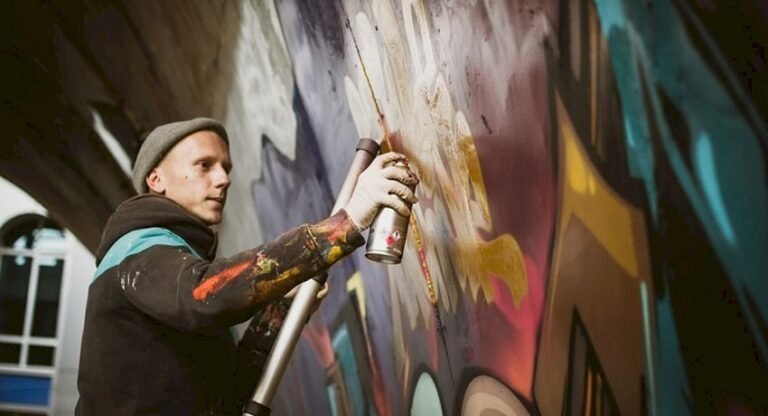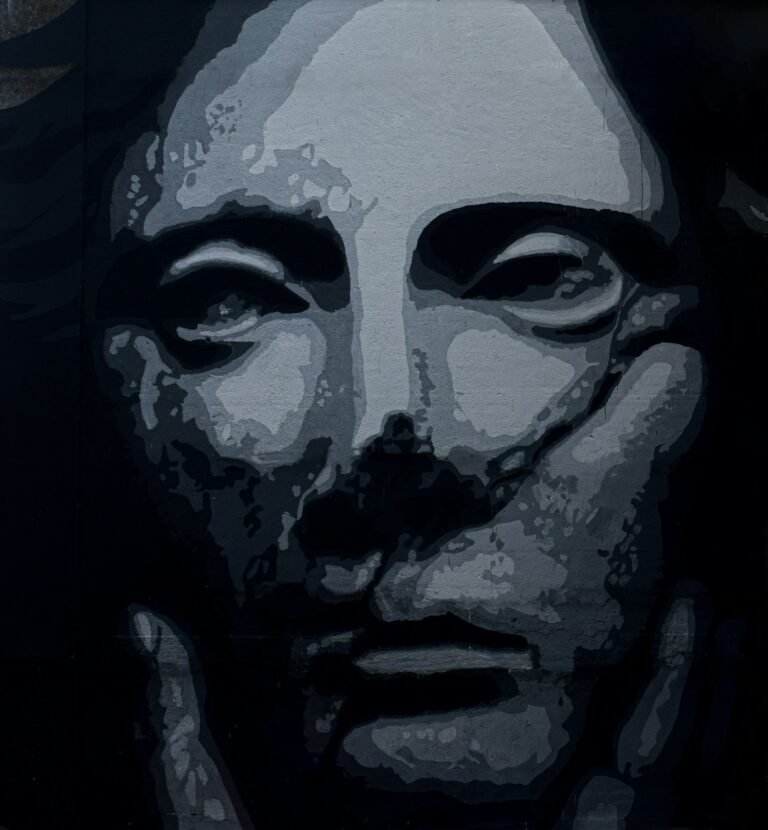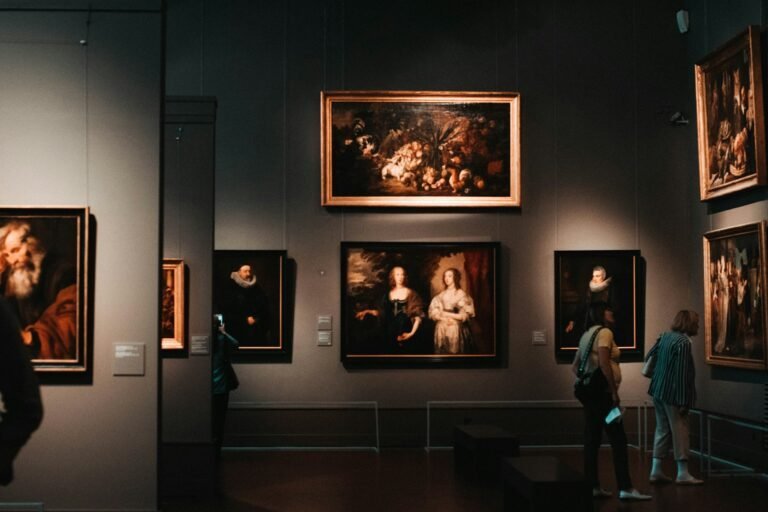Banksy political art is a form of street art that uses satire, irony, and simple visual symbols to criticize political and social issues. His works appear on public walls, streets, and unexpected locations, using stencils and dark humor to make strong, often uncomfortable points. Because Banksy remains anonymous, his art speaks louder than his identity, and his messages focus on exposing injustice, hypocrisy, and the contradictions of modern society.
Much of Banksy political art is rooted in anti-war sentiment. From his earliest pieces in the 1990s to his more recent interventions, he has consistently criticized military aggression, state violence, and the normalization of conflict. One of his most recognizable anti-war images is the young girl frisking a soldier, a reversal that highlights how war corrupts power relations and disorients moral logic. Similarly, his mural of a soldier painting a peace sign underscores the absurdity of governments claiming to protect peace through destructive warfare. Banksy frequently depicts children in war-torn environments, intentionally contrasting innocence with brutality. This contrast magnifies the emotional weight of his political message—war, in his view, is not an abstract geopolitical event but a series of tragedies that disproportionately devastate the vulnerable. His 2015 works in Gaza, created after he secretly entered the territory, further emphasize this point. There, Banksy painted haunting images on the ruins of bombed buildings, including a parody of a Greek goddess mourning over rubble, as well as a playful kitten intended to critique global apathy toward Palestinian suffering. Through this mixture of irony and sorrow, Banksy exposes the human cost of conflict and the selective compassion of international audiences who overlook real suffering unless it comes in a cute, digestible form.
Another defining theme in Banksy’s political portfolio is his criticism of consumer culture. Banksy often associates consumerism with spiritual emptiness, environmental decay, and social inequality. Works like “Shop Until You Drop,” showing a woman falling while clutching her shopping cart, illustrate the uncontrollable momentum of capitalist desire. His famous rats, recurring characters in his art, also reflect this critique. Rats symbolize society’s marginalized populations—resourceful, resilient, yet despised. By placing rats in the context of advertising slogans or consumer products, Banksy challenges the hierarchical structures that enable corporations to dominate public spaces and manipulate public consciousness. His “McDonald’s protest” installation, where a functioning giant McDonald’s sign was scrubbed by a neglected worker figure, skewers the power imbalance between multinational corporations and the laborers who uphold them. Banksy’s consumerism-themed art is not merely anti-capitalist; it is a commentary on how commodity culture has co-opted identity, blurred the boundaries between public and private spaces, and made dissent more difficult by turning rebellion itself into a marketable product.
Surveillance is another major political concern reflected throughout Banksy’s career. Living in the United Kingdom—the world’s most surveilled democratic nation—Banksy frequently critiques government monitoring and corporate data collection. His piece “One Nation Under CCTV,” painted near a security camera in London, bluntly criticizes the expansion of surveillance infrastructure under the guise of security. The image, which shows a young boy painting the accusatory phrase while watched by a security guard, reflects the irony of a society monitoring even the act of protesting surveillance. Another powerful example is his series of works about government secrecy, including imagery of spies listening in on conversations. These pieces comment on institutions like GCHQ and NSA, warning of a dystopian future where privacy becomes obsolete and citizens are treated as suspects rather than rights-bearing individuals. Banksy’s approach to this theme blends humor with unease; he exposes the absurdity of a system that claims to protect freedom while quietly eroding the very freedoms it claims to defend.
One of the most consistent elements of Banksy political art is his exploration of inequality and poverty. His work portrays the structural injustices that create wealth disparity and social exclusion. From homeless people depicted as angels to children scavenging for discarded toys, Banksy demonstrates how poverty is not the result of individual failure but systemic neglect. During the Christmas season of 2019, he created a powerful mural in Birmingham showing reindeer painted beside a real bench, on which a homeless man rested. The reindeer appeared to be pulling the bench like a sleigh, transforming the man into a figure of dignity and resilience. This blending of realism and fantasy draws attention to the stark contradictions of affluent societies celebrating generosity while ignoring those without shelter. Banksy’s political stance on poverty also appears in his interventions supporting migrants and refugees. He donated the proceeds from his artwork “G ame Changer”—featuring a child choosing a nurse as his superhero—to fund the UK’s National Health Service during the COVID-19 pandemic, demonstrating that his political engagement extends beyond street walls.
Migration, borders, and xenophobia are central issues in Banksy’s political message. He has repeatedly created works supporting migrants, condemning the criminalization of asylum seekers, and criticizing governments that fail to protect displaced populations. In Calais, near the infamous migrant camp known as “The Jungle,” Banksy painted an image of the late Steve Jobs carrying a black bag and an early Apple computer. The caption explained that Jobs was the son of a Syrian migrant. This juxtaposition forced viewers to reconsider stereotypes and reframe migration not as a burden but as a potential source of innovation and cultural enrichment. Similarly, he painted a drowning refugee boat in Venice during the Biennale, drawing attention to Europe’s reluctance to address the Mediterranean migration crisis. Banksy even funded the MV Louise Michel, a rescue boat that assists migrants attempting dangerous sea crossings. These initiatives show that Banksy’s political work often transcends symbolism and becomes direct activism.
Environmental destruction and climate change are recurring themes in Banksy’s oeuvre as well. He views environmental decline as a deeply political issue, inseparable from capitalism, corruption, and global inequality. One of his notable climate-themed works is his mural of a child playing amid ash and smoke, painted after the devastating California wildfires. The contrast between childhood innocence and environmental catastrophe creates a sense of moral urgency. Banksy also criticizes pollution and waste through absurd humor, such as the mural of a boy writing “I don’t believe in global warming” partially submerged in rising water. This exposes society’s dangerous tendency to deny science until consequences become unavoidable. His installation in Weston-super-Mare, the dystopian theme park known as Dismaland, included exhibits addressing oil spills, plastic waste, and rising sea levels. The park was more than an art project—it was a dark satirical reflection of global apathy and governmental incompetence in responding to environmental threats.
Racism, discrimination, and police brutality are also significant areas Banksy confronts through his art. His political stance on racial justice became particularly visible during the global protests following the murder of George Floyd. Banksy released a mural showing a candle burning beneath a black memorial frame, with the flame setting the American flag ablaze. This stark and symbolic image represented the explosive consequences of systemic racism in the United States. While Banksy, a white British artist, acknowledged his positional limitations in discussing Black struggles, he used his platform to amplify the message that institutional racism must be dismantled. Earlier works, including images of monkeys wearing sandwich boards or sitting in parliament, use satire to explore themes of political incompetence, discrimination, and the dehumanization of marginalized groups. His piece “Laugh Now,” depicting a row of monkeys wearing signs stating “Laugh now, but one day we’ll be in charge,” examines both social hierarchy and political foolishness, confronting the viewer with uncomfortable parallels to human governance.
Banksy’s political critique also extends to the hypocrisy and failures of government institutions. He repeatedly targets political corruption and bureaucratic absurdity. His piece “Very Little Helps,” featuring children pledging allegiance to a Tesco shopping bag like a national flag, offers commentary on how consumerism and corporate interests overshadow civic values in modern political life. Similarly, “Parliament of the Apes,” a large painting showing chimpanzees occupying the British House of Commons, mocks the dysfunction of political institutions and the frequently farcical behavior of elected officials. This is not merely juvenile humor but a biting examination of how political power can become divorced from reason and accountability. Banksy’s work often suggests that political systems, rather than serving public welfare, are driven by self-interest, incompetence, or ideological extremism.
A crucial dimension of Banksy political art is his challenge to the art world itself. He uses his own fame to critique the commercialization of art and the institutions that profit from it. The most famous example is the 2018 Sotheby’s auction where his artwork “Girl with Balloon” partially self-shredded immediately after being sold. This stunt, later titled “Love Is in the Bin,” was a rebellious critique of the commodification of art and the absurdity of the art market. While the act ironically increased the artwork’s value, the gesture sparked global discussions about authenticity, ownership, and the spectacle-driven nature of the art world. Banksy has always presented himself as an outsider who uses art for political expression rather than commercial gain. His refusal to appear publicly, sign autographs, or participate in traditional exhibitions reflects his belief that art should be accessible to everyone rather than reserved for elite galleries and wealthy collectors.
Humor and irony are essential to Banksy’s political communication. His works often employ visual puns, unexpected juxtapositions, and childlike imagery to expose the contradictions in society. This satirical approach makes political commentary more accessible while simultaneously deepening its impact. For instance, his piece showing two policemen kissing, created during a time when LGBTQ rights were hotly debated in the UK, uses humor to challenge stereotypes and normalize queer relationships. The image is gentle yet radical, playful yet politically loaded. Banksy’s ability to combine comedy with critique allows him to reach audiences who might otherwise resist political messages. The humor disarms viewers; the meaning lingers long after the laughter fades.
Banksy’s political themes often reflect a deep mistrust of authoritative narratives and a commitment to questioning dominant ideologies. His pseudonymous identity reinforces this ethos by resisting celebrity culture and shifting attention to the artwork rather than the artist. Banksy’s anonymity can also be read as a political statement about privacy and resistance to personal branding in an era of constant self-exposure. It embodies his belief that ideas, not personalities, should drive social movements. This perspective shapes the tone of his work—direct, confrontational, and unpretentious. His art encourages viewers to question authority, rethink societal norms, and engage critically with political realities rather than passively accepting them.
Finally, Banksy political art endures because it bridges local and global issues. Although many of his works appear in specific political contexts—the Israel-Palestine conflict, UK austerity measures, American racial politics—they resonate universally. His imagery taps into shared fears, hopes, and frustrations about power, justice, and freedom. By using simple visual language—stencils, silhouettes, children, animals—he makes political critique emotionally legible across cultures and languages. Banksy’s success lies not only in his artistic skill but in his ability to articulate a collective conscience. His murals become public conversations, inviting debate, solidarity, and sometimes controversy. Whether sprayed on a war-torn wall or a wealthy neighborhood’s corner, Banksy’s work forces viewers to confront their own complicity within the political systems he critiques.
In summary, Banksy political art is a complex, multifaceted exploration of the modern world’s most pressing issues—war, inequality, consumerism, surveillance, migration, environmental collapse, racism, government corruption, and the role of art itself. His work employs irony, simplicity, shock, and emotional contrast to provoke reflection and inspire dialogue. Banksy is not merely an artist but a political commentator whose visual language challenges complacency. His art functions as activism, satire, and social critique all at once. By placing provocative messages in public spaces, he democratizes political conversation and uses creativity as a tool for resistance. His themes remain deeply relevant in the twenty-first century, and his influence endures because he forces society to question the stories it tells itself. Whether celebrated or criticized, Banksy has succeeded in ensuring that political art remains not only alive but urgent, accessible, and profoundly impactful.
